
If you're like most people, you woke up on New Year's Day tired, groggy and maybe hungover. But also with some sort of goal that you had proclaimed you would work on.
Access leadership and trust building communication tips to help you improve team productivity and safety.

If you're like most people, you woke up on New Year's Day tired, groggy and maybe hungover. But also with some sort of goal that you had proclaimed you would work on.
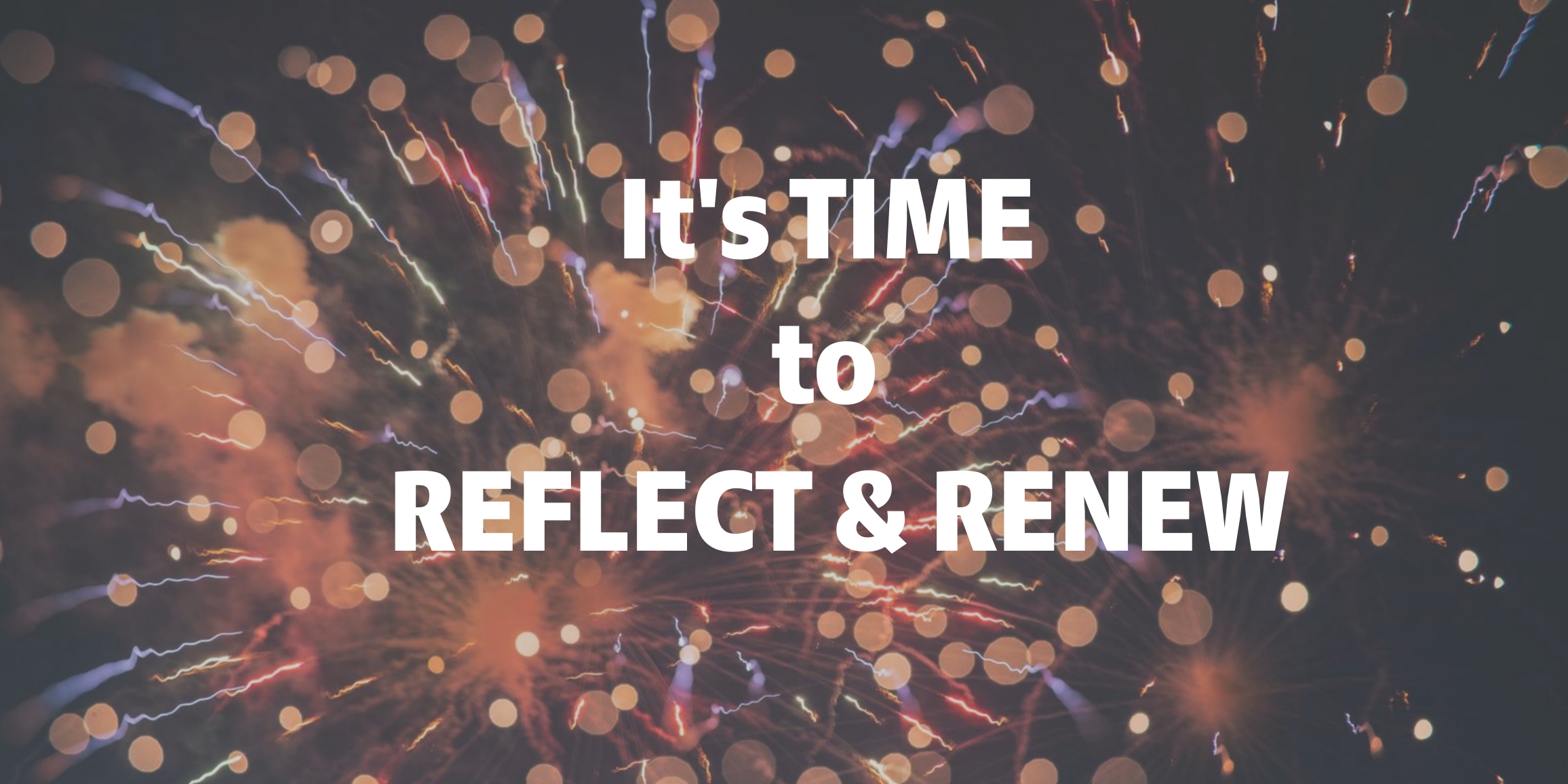
Since 2005, I have spent 30 minutes every New Year's Eve writing down three things on a blank piece of paper:
1. What am I grateful for?
2. What am I willing to let go of?
3. And what do I want to bring into my life in the next year?
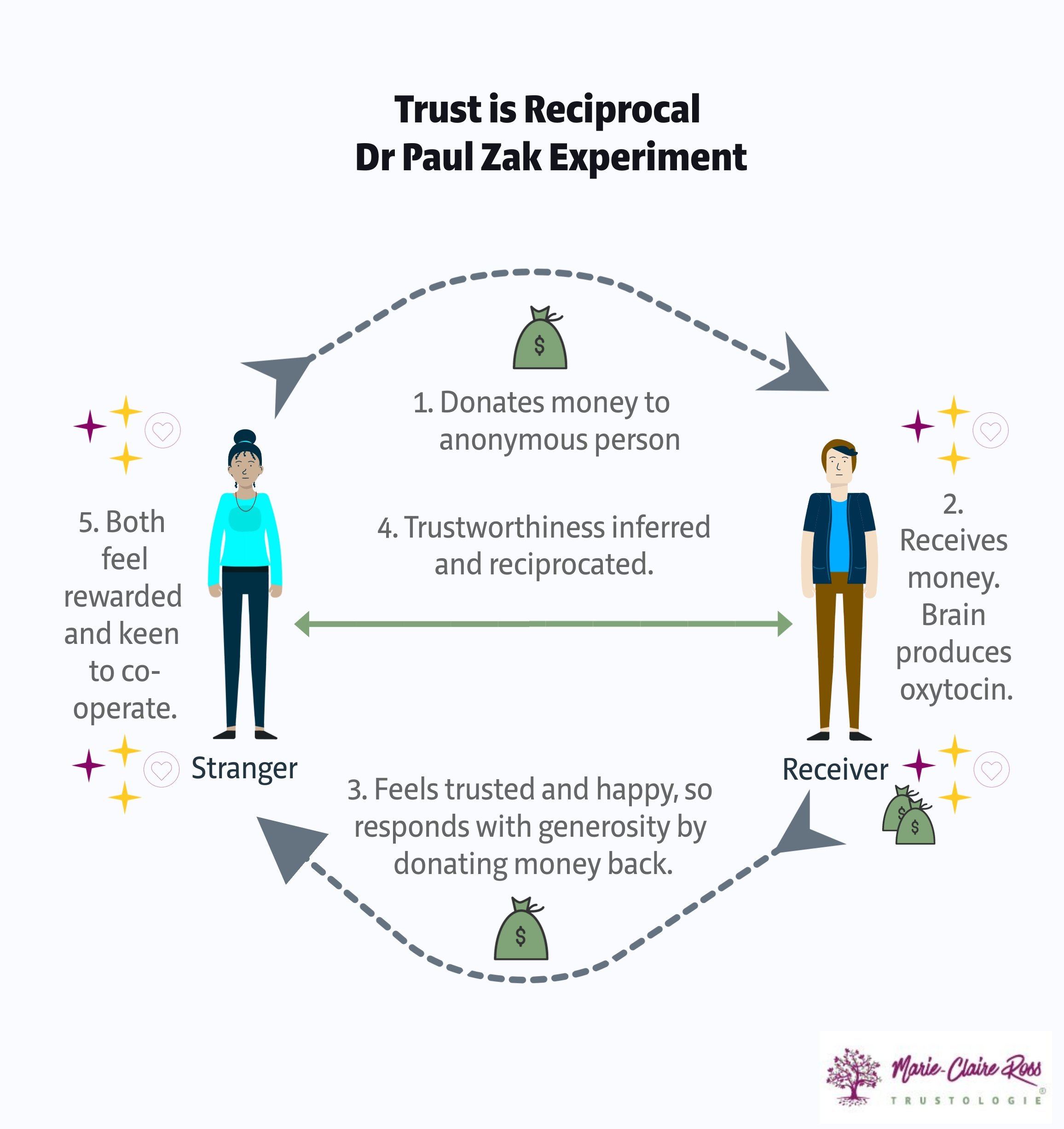
A common statement that (older) leaders assert is that trust must be earned. Many a time I've had to listen politely while a CEO or senior executive tells me (uninvited) how they believe trust has to be earned. That if you give trust, people will take advantage of you.
And then other times, people will tell me that they believe trust is given first. Interestingly, such leaders tend to not try to convince me so rigourously.
But here's the thing. It's neither.
Trust is reciprocated. It's an exchange between two or more people.
Trust begets trust.
Don't believe me? Well, this is where social science holds its own. It is how the brain works and can be proved scientifically.
Back when I was a kid in the 1980s, I attended one of my father’s business classes that he taught at a University. As an awkward 12 year old, in a class of what seemed like adults, I learnt about vision and mission statements. It made total sense and I fervently believed all companies needed to have them.
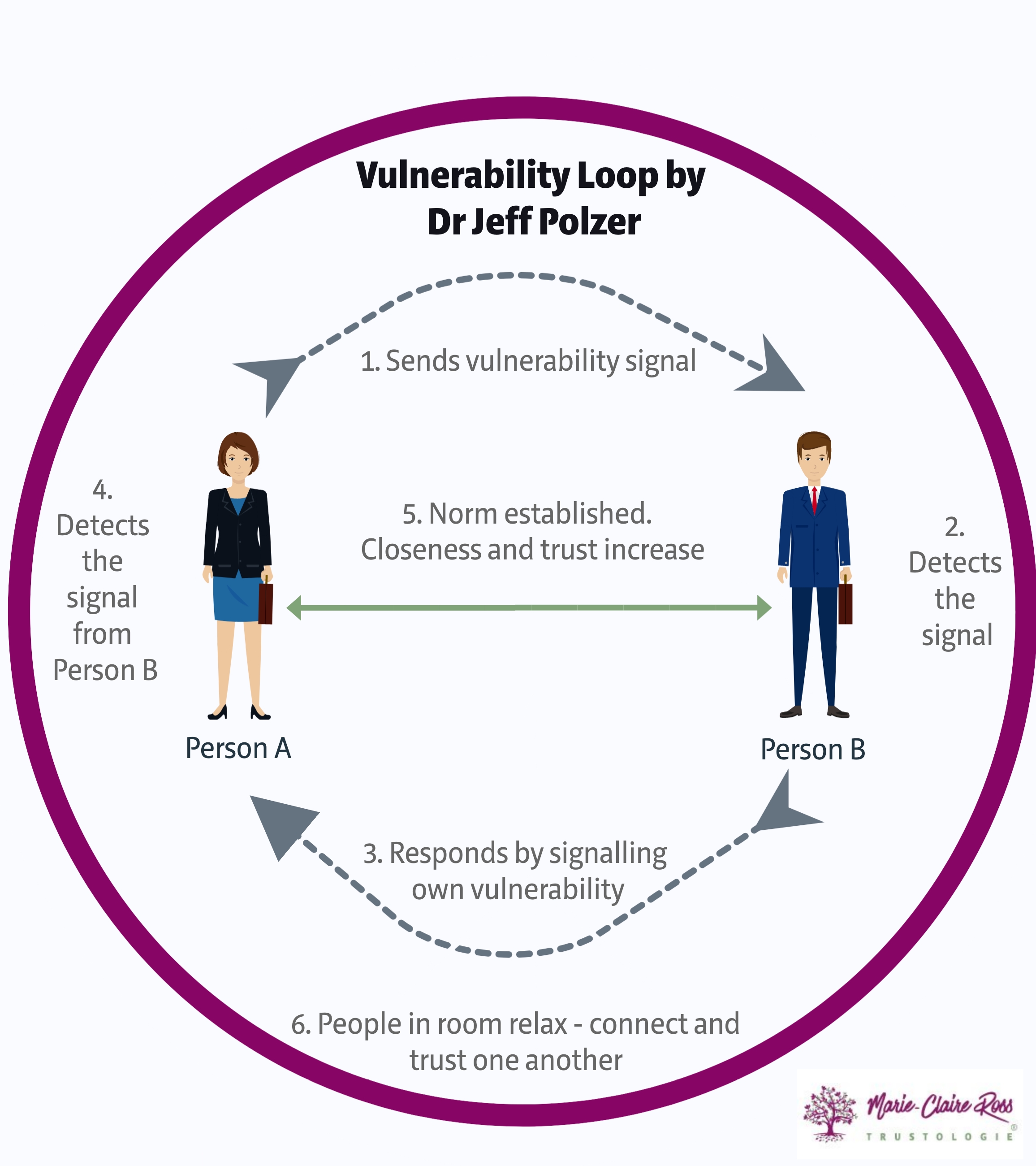
A common statement made about trust is that you need vulnerability. Building trust requires team members to be vulnerable with one another. That means confess to mistakes, talk about their fears, share authentic personal stories and ask for help.
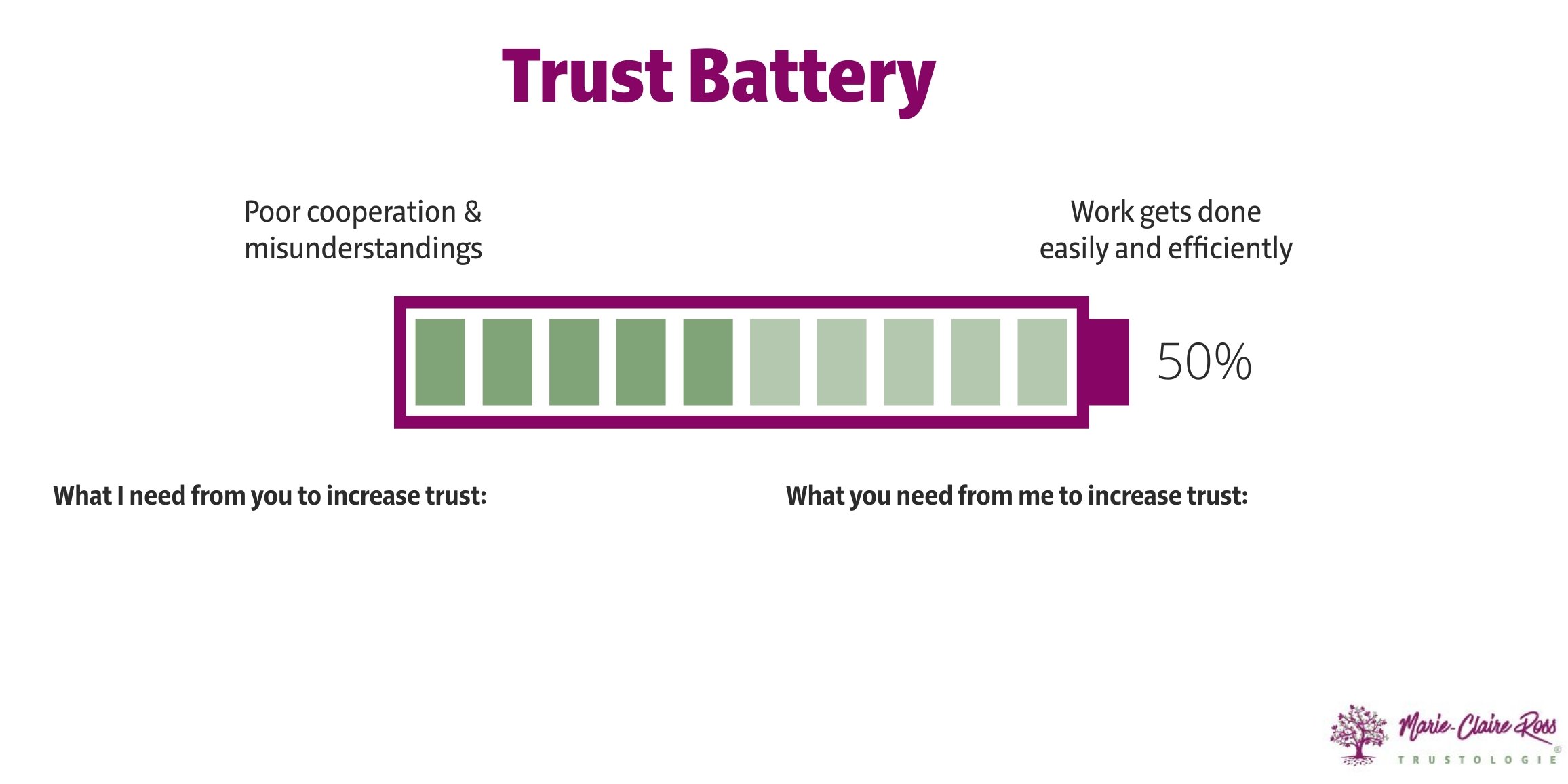
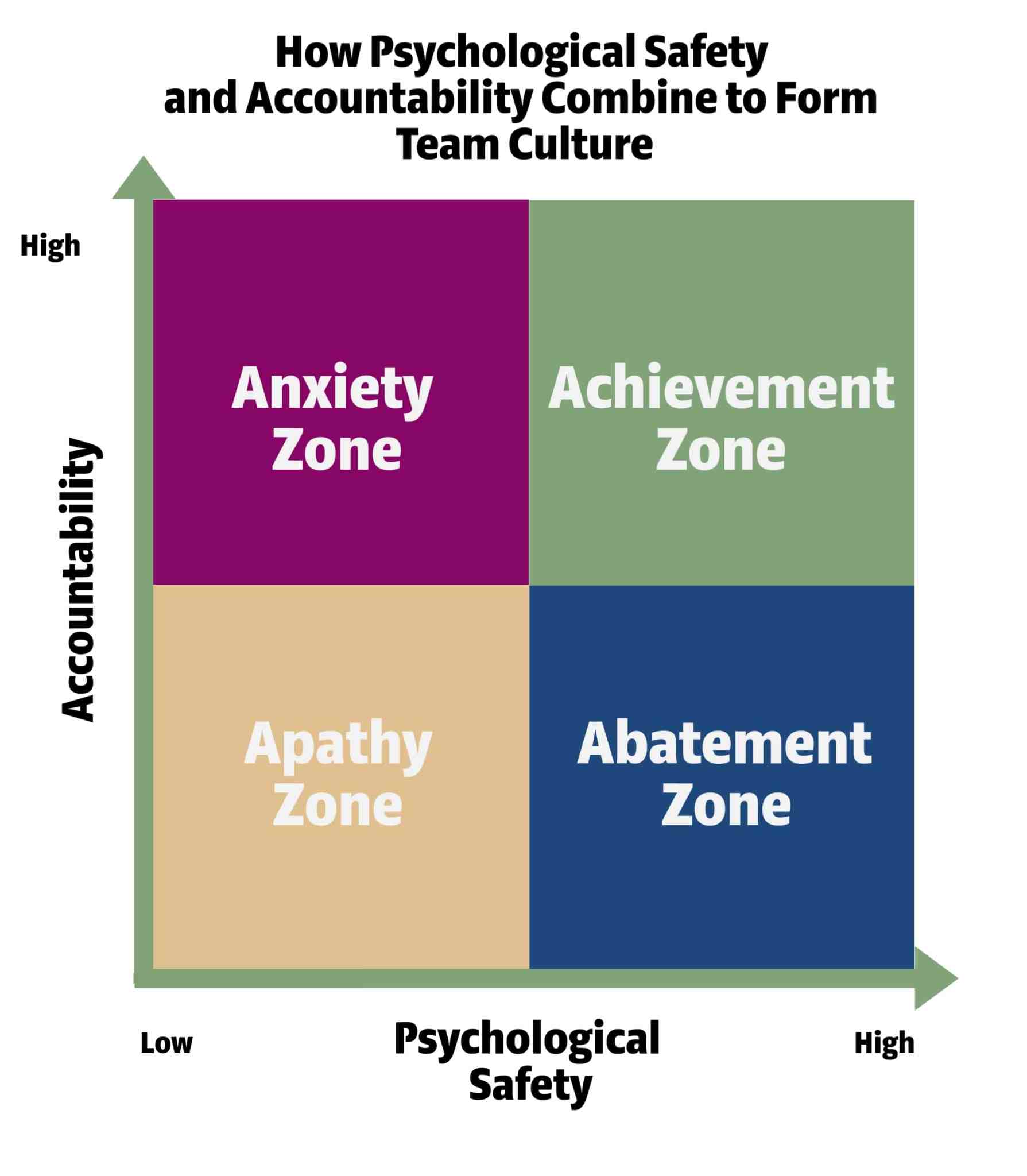
One of the most common complaints from employees about leadership is that leaders don't 'walk the talk.' It creates a lack of trust - spurring resistance to goals and negative employee interactions. Making it hard to generate cultural change longer term.
And while everyone likes to blame leaders for this perceived lack of integrity, aligning our intentions with our actions is difficult. Sometimes people misread our actions because they don't understand the context driving our behaviours. While other times, we are not aware that there is a disconnect.

Over the last few months, many leaders have quickly learnt to lead a remote team while working from home.

Over the last two articles, we have covered how to foster psychological safety and create meaning for your team to improve performance. In the final of this three-part series, we will now cover improving connection. If you want to learn more about this, check out my book TRUSTED to THRIVE: How leaders create connected and accountable teams that unpacks it all in more detail.